LIDAR Will Make First-Generation Autonomous Vehicles Insanely Expensive or Pathetically Slow

Thanks to rhetoric beaten into us by the automotive industry, we know autonomous vehicles are “right around the corner.” Some manufacturers predict self-driving vehicles will be on the commercial market by an ambitiously early target date of 2021. However, those trick new rides are going to come at a premium that’ll keep them out of the hands of most normal people for a while.
LIDAR, the imaging system that allows an autonomous vehicle’s software to make sense of the road, is prohibitively expensive. High-end systems can approach the six-figure threshold while lower quality units rarely fall below 10 grand. Burgeoning technology is never affordable and automakers have traditionally found a way to produce advancements in cost-
effective ways. But the timeline for autonomous cars is too short, meaning any manufacturer wanting to sell one is going to have to have to accept the costs or defer production.
While automakers could option for budget hardware to keep costs down, it would never be worth the risks. Since allowing a car to drive itself places a colossal amount of responsibility on the automaker, even mid-range LIDAR units pose a bit of a safety gamble. According to MIT Technology Review, lower end LIDAR systems would be ineffective at highway speeds.
As an example, MIT provided imaging data from two units sold by Velodyne — the $80,000 HDL-64E and the $8,000 Puck. The more expensive model’s 64 laser beams maps the surrounding area in impressive detail up to 120 meters, while the Puck’s 16 points of light lose fidelity almost immediately, with a maximum range of 100 meters. Both are good enough for low speed maneuvers but the Puck would be almost useless at normal driving speeds.
However, even the HDL-64E just barely meets the minimum requirements for highway driving. At 70 miles an hour, a vehicle is moving 31.3 meters per second and could require as much as 60 meters to come to a complete stop in an emergency situation. Every meter beyond that range is more time the computer can use to make smart decisions, and it will need them. Ideally, MIT claimed a LIDAR systems for use on cars should provide an effective imaging range of 200 meters to be safe at highways speeds.
One solution could be solid-state systems, which are much more cost-effective than traditional LIDAR units. Quanergy announced it has built a $250 model for use on vehicles called the S3. However, as appealing as the cost may be, it lacks the fidelity necessary for doing anything other than creeping along at single-digit speeds. Velodyne is also working on an affordable solid-state unit, but has admitted it isn’t yet a replacement for 360-degree laser systems.
CEO of Luminar, Austin Russell, explained his company actively chose to avoid solid-state hardware in its sensors — mainly because it believed that while laser-based systems were far more expensive, they also provide superior images that are essential for safe driving. “It doesn’t matter how much machine-learning magic you throw at a couple of points [on an object], you can’t know what it is,” he says. “If you only see a target out at 30 meters or so, at freeway speeds that’s a fraction of a second.”
Graeme Smith, chief executive of Oxford University’s autonomous driving program (Oxbotica) told MIT Technology Review that he thinks a tradeoff between data quality and affordability in the LIDAR industry could create a disparity in the rates at which high-speed autonomous vehicles take to the roads. “Low-speed applications may be more affordable more quickly than higher-speed ones,” he said. “If you want a laser that’s operating over 250 meters, you need a finely calibrated laser. If you’re working in a lower-speed environment and can get by with 15 meters’ range, then you can afford a much lower-cost sensor.”
It’ll still add to the cost of any vehicle in which they’re installed, however. While industry researchers and automakers routinely claim the cost of self-driving hardware will tack on an additional $8,000 to $10,000 to a car’s final price, the actual fee is likely to be much higher. When you try to piece together all the hardware that goes into existing test platforms, the final price is astronomical. While Tesla has claimed it managed to keep its radar-based system at around $8,000, it still requires several thousand dollars’ worth of computer equipment, cameras, and an inertial measurement unit for when the GPS goes offline. But many have expressed concerns that Tesla’s radar wouldn’t be sufficient for detailed imaging.
Meanwhile, companies using higher resolution LIDAR systems will likely have to implement radar anyway for use in fog — or else deactivate the system when things get soupy. In a recent interview with Axios, Luminar’s Russell said any manufacturer hoping for retail would have to pull out all the stops to ensure safety while also bringing down “critical failure rates” by ensuring crystal clear imaging. He believes there is too much of an emphasis within the autonomous sector on bringing down costs, when developers should be focusing on making the technology bulletproof.
The cost of perfecting the technology, according to Russell, could be between “$300,000 and $400,000 — the price that fleet owners will be willing to pay because of how profitable ride-hailing will be as a business.”

A staunch consumer advocate tracking industry trends and regulation. Before joining TTAC, Matt spent a decade working for marketing and research firms based in NYC. Clients included several of the world’s largest automakers, global tire brands, and aftermarket part suppliers. Dissatisfied with the corporate world and resentful of having to wear suits everyday, he pivoted to writing about cars. Since then, that man has become an ardent supporter of the right-to-repair movement, been interviewed on the auto industry by national radio broadcasts, driven more rental cars than anyone ever should, participated in amateur rallying events, and received the requisite minimum training as sanctioned by the SCCA. Handy with a wrench, Matt grew up surrounded by Detroit auto workers and managed to get a pizza delivery job before he was legally eligible. He later found himself driving box trucks through Manhattan, guaranteeing future sympathy for actual truckers. He continues to conduct research pertaining to the automotive sector as an independent contractor and has since moved back to his native Michigan, closer to where the cars are born. A contrarian, Matt claims to prefer understeer — stating that front and all-wheel drive vehicles cater best to his driving style.
More by Matt Posky
Latest Car Reviews
Read moreLatest Product Reviews
Read moreRecent Comments
- Dartman If one is so hellbent on drawing attention to themselves just mount a big “Trump 2024” or “Black Lives Matter” flag (your choice) on your truck and call it day. Lot cheaper, same result.
- AZFelix I'd buy a 'harlequin' edition if it was composed of a company's complete palette of greys and silver.Family had a couple of Pontiacs in teal and purple in years past. I was not a fan.My current ride is Lakeside Blue.
- Doc423 Rolling Coal is not a bad thing either.
- Ajla In high school I really wanted a yellow GTO.
- Lou_BC Sweet car.
















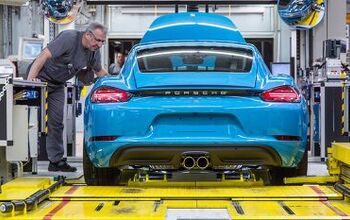


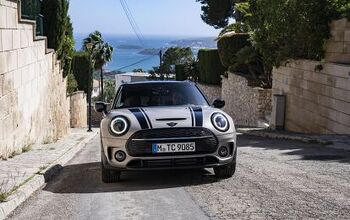
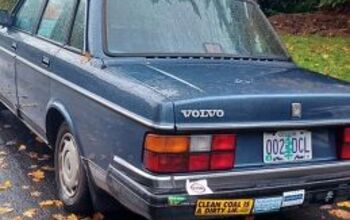
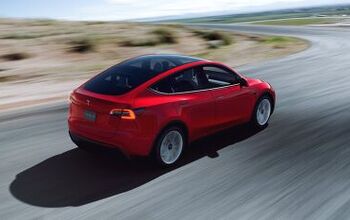


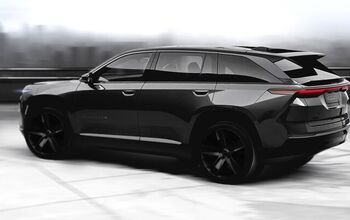
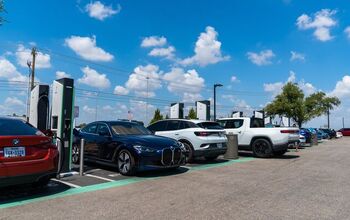

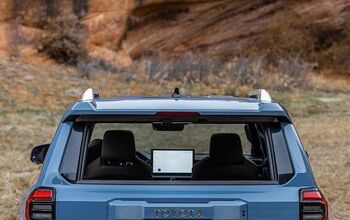
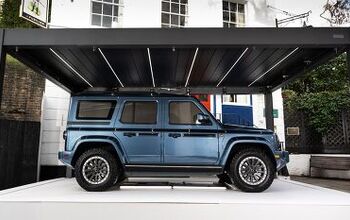

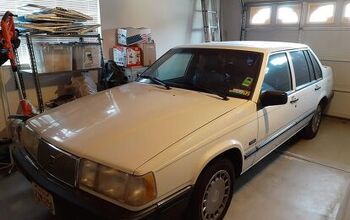
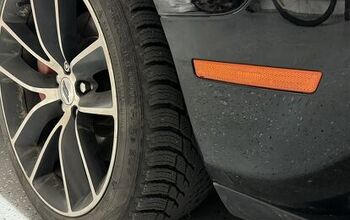


Comments
Join the conversation
The point that is often overlooked with these systems is the cost to repair and service them. A single radar sensor for an A6's radar cruise control is $2800.00 + $500 to calibrate.
The issue is not whether these systems will come down in cost or complexity - they will. The issue is the timeline and whether the legal system (in the US, specifically) will make these systems cost prohibitive for insurers and manufacturers alike.